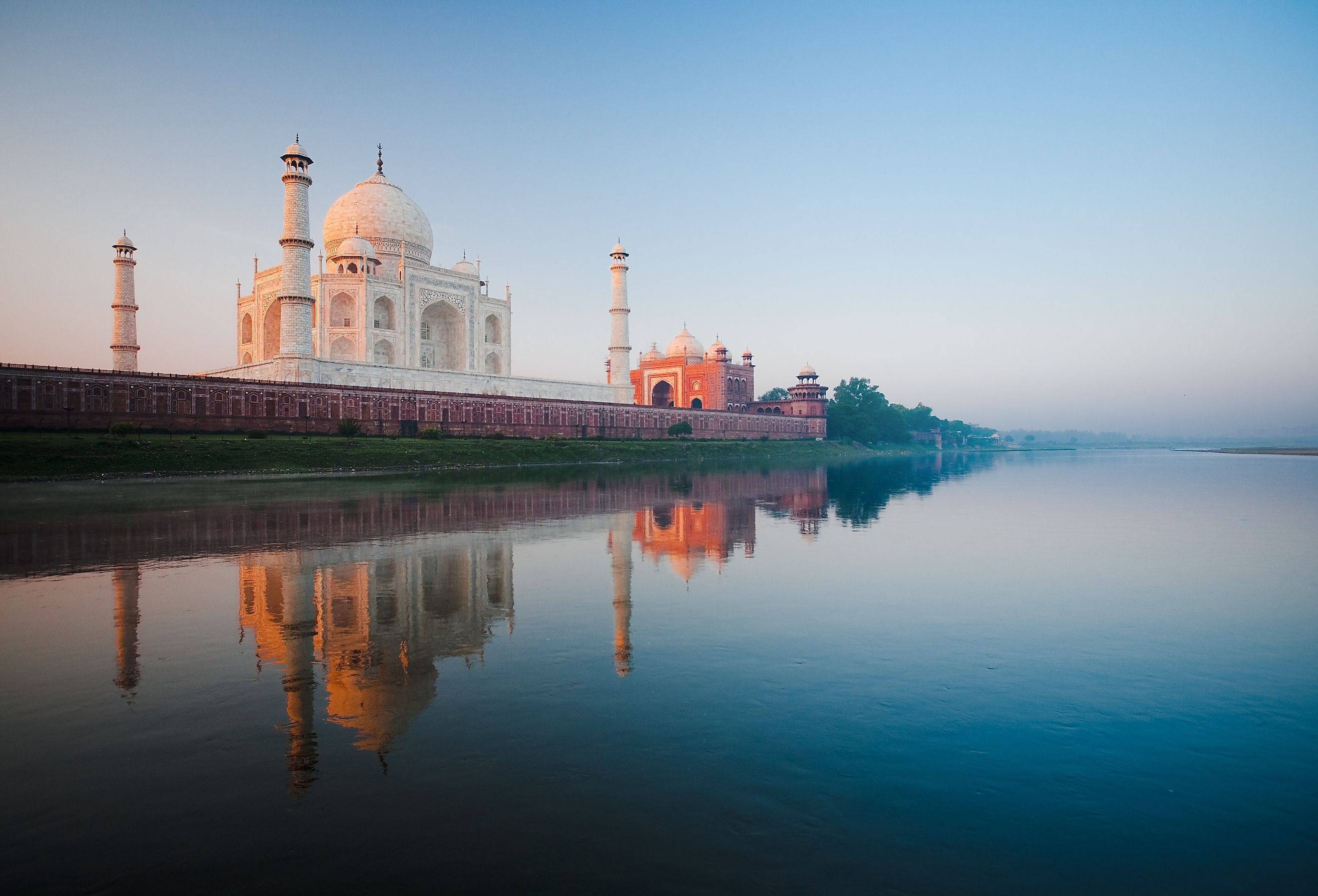
Jamuna River
The Jamuna River was named after the Hindu goddess, Yamuna. Much like the goddess from its namesake, the river is a sacred body of water to the natives of Tibet, Bangladesh, and India. Throughout its history, the river supplied the local land with food and fresh water, however now it is quite polluted. Still, this river has a rich history and continues to provide access and transportation of cargo to the countries it borders.
Location of the Jamuna River
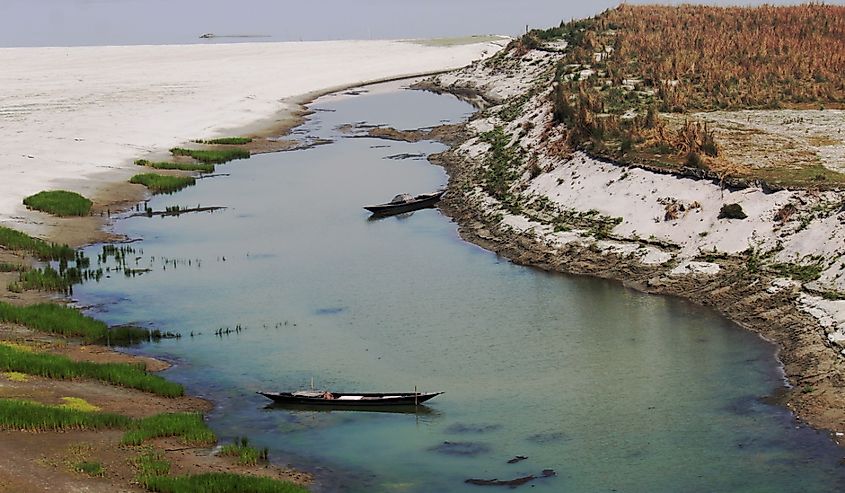
The Jamuna River is one of the largest rivers in Bangladesh. The river travels through the center of the country and travels from the north near Lalmanir Har all the way down through the center of the nation until emptying into the Bay of Bengal.
While the Jamuna River is not as long as the Brahmaputra River to the East, it is the widest river in the nation. In fact, when looking at a map of the country, it is quickly evident just how large and wide this river is when compared to the other major rivers of Bangladesh.
However, the length of the river is actually much longer than its stretch within the borders of Bangladesh. The Jamuna River technically begins in Tibet, where it is called Yarlung Tsangpo. From Tibet, it travels southwest through India, which they call Yamuna—similar to the Bangladeshi name.
Size and Flow of the Jamuna River
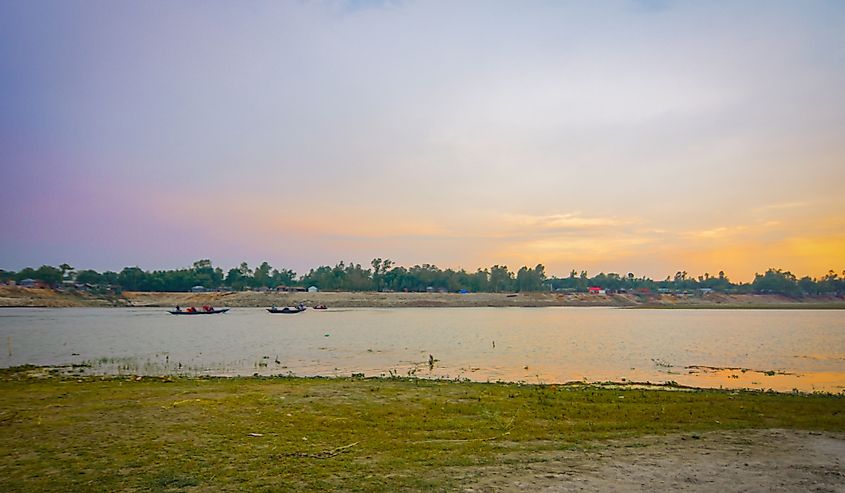
The Jamuna River begins in Tibet as Yarlung Tsangpo, starting at the Angsi Glacier of western Tibet. The Angsi Glacier, also known as the Nangser Glacier, is a large glacier on the northern slopes of the Himalayas. However, there is some disagreement about whether the Angsi or the Chema-yungdung Glacier is the true river source…
While Chinese scientific research concluded the Angsi Glacier was indeed the river's source, the locals regard the Chema-yungdung Glacier as the origin. Most Western sources side with the locals, but it is still not clear which glacier is the river’s source.
This region of Tibet is known as Purang County and is within the Tibet Autonomous Region. The Autonomous Region is a division of the People’s Republic of China whereby Chinese law grants some liberties and independence to the local government. This means the Yarlung Tsangpo River, called Angsi or Nangser River in the Himalayas, may be considered the property of the Chinese government.
The river has several tributaries in Tibet and goes by several names as it meanders its way into India. The river begins as the Angsi Chu or Nangser Chu River, which flows and merges with the Dangkar Chu after passing the Tumulong Lake. Later, the river flows down into India as the Yamuna.
The Jamuna River, commonly spelled as the Yamuna in India, flows through the districts of Uttarakhand and Uttar Pradesh in India before flowing southwest into Bangladesh. The flow through India connects it with the Brahmaputra River, where both enter Bangladesh.
History of the Jamuna River
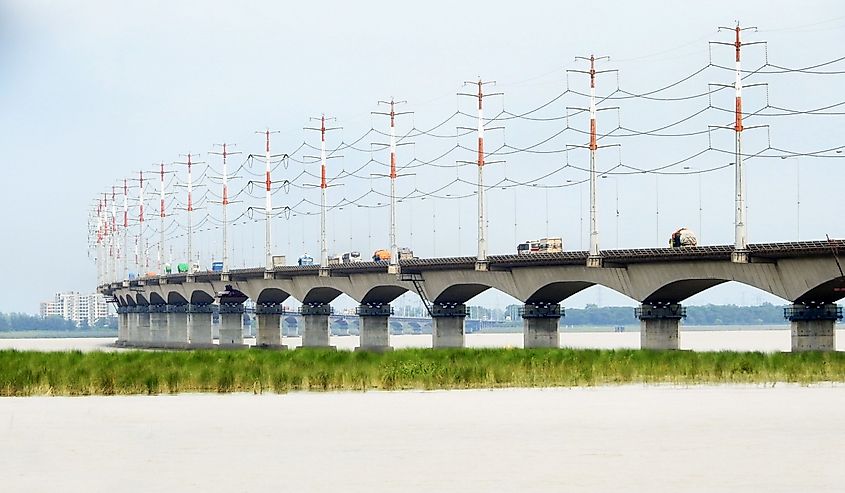
The Jamuna River originates as a flow from the glaciers of the Himalayas. The Himalayas are the source of several other prominent rivers in the region, including the Ganges and Brahmaputra—a tributary of the Jamuna.
The Himalayas were formed due to shifting tectonic plates approximately 50 million years ago. When the landmass of what we now know to be India, collided with the mainland of Southeast Asia, this intense collision caused the ground to lift up and form the Himalayan mountain range.
The mountains became covered in ice and glaciers during the last ice age. As the climate shifted, these glaciers and icefields melted, sending water down south into India, thus providing a steady water supply to the many riverways.
The Jamuna River is considered sacred in both Bangladesh and India. As mentioned above, the name in India (spelled Yamuna) is a name shared with a prominent goddess. According to the local religion, Yamuna was originally named Yami, the sister of the god of death, Yama. She is personified as the river Yamuna, which is believed to remove sin from anyone who bathes in the water.
Climate
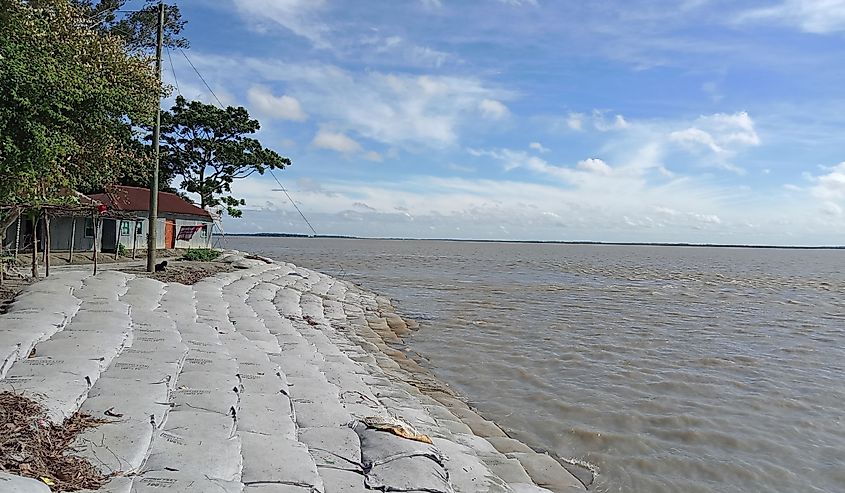
While the origins of the Jamuna River are high in the Himalayas and, therefore, very cold, the river’s flow in Bangladesh is much hotter. Bangladesh has three cycles each season, known as the pre-monsoon, monsoon, and post-monsoon seasons.
The weather is very hot, ranging from between 59-93 degrees Fahrenheit (15-34 degrees Celsius). This heat, unfortunately, contributes to high amounts of bacteria in the water, which can contribute to digestive issues if ingested.
Plant and Wildlife
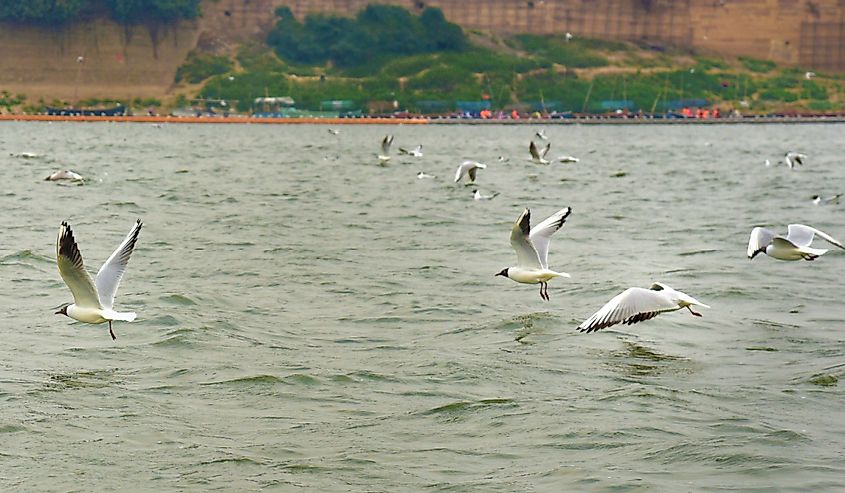
Bangladesh is one of the most diverse landscapes with a plethora of animal and plant life. Some notable large animals that live near the river and nearby forests include the Bengal tiger, leopards, sun bears, black bears, and sloths.
The river’s also a prominent fishing spot. The Jamuna River is currently home to 55 different species of fish. Some of the most prominent include the Bengal and Gumtea loach, common carp, flying barb, grass carp, and several kinds of Labeo.
Conclusion
The Jamuna River has been a sacred and prominent part of the history of Bangladesh, India, and Tibet. Deemed sacred to most people in the region, it is one of the primary sources that sustains water and food. Today the river is heavily polluted, however it was once a pristine river. Presently, there are several ecological efforts working to fix this issue.











